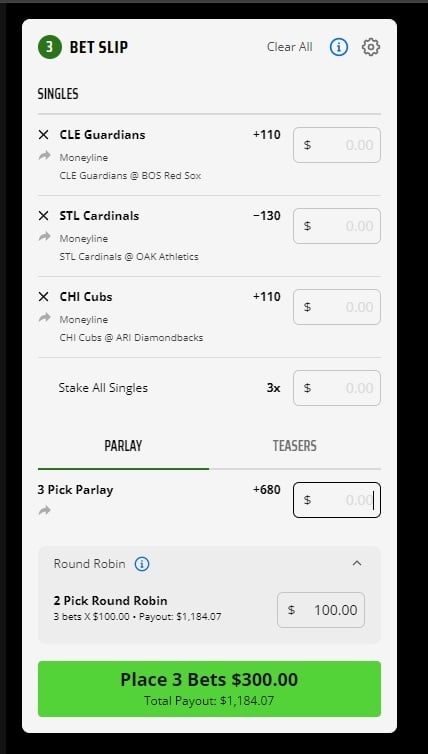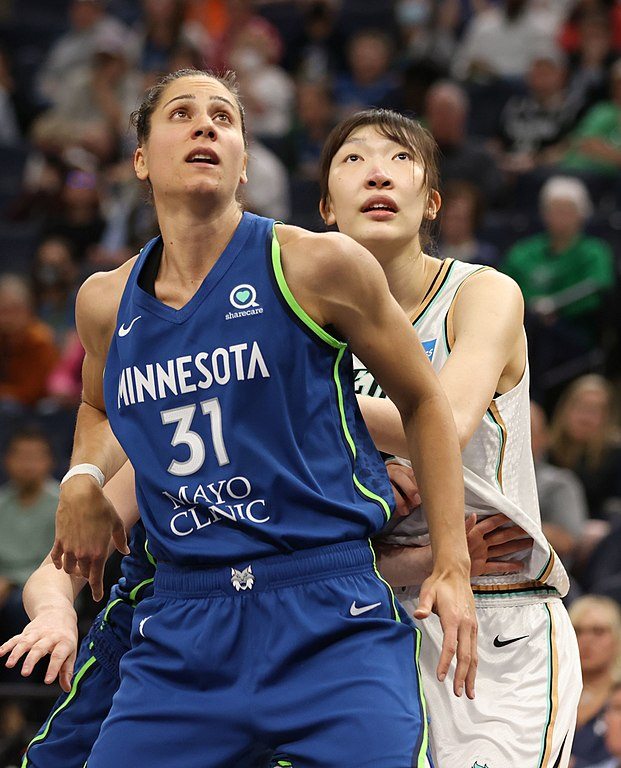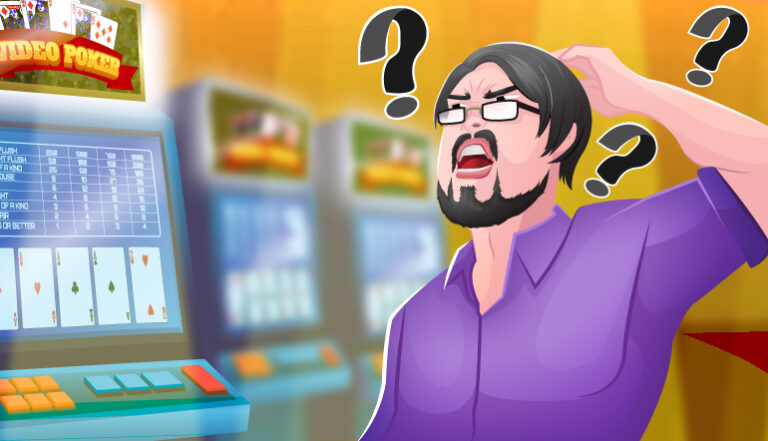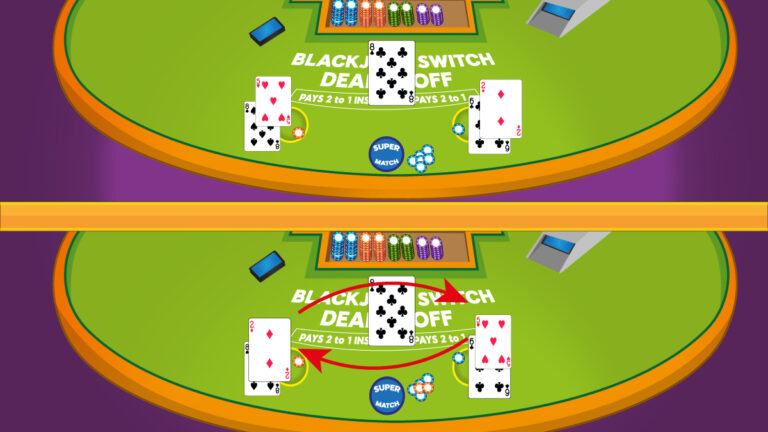Being a professional poker player seems like a dream job. You get to play poker all day while you rake in the dough. But is it really all fast cars and fine wines – how much do professional poker players make?
Average Salary of Professional Poker Players
Worldwide, the average professional poker player’s salary is around $36,000 a year, or a little over $3000 a month. Much lower than a lot of people expect – and there are no benefits like holidays or healthcare!
Why is it so low? Well, you have to remember that most professional poker players don’t live in expensive places like the USA or Western Europe. They are based in areas with a low cost of living – e.g. Asia, Eastern Europe, Africa, and South America. This allows them to turn pro even though they aren’t winning massive amounts.
And as low as it is, the average income is actually distorted by the players at the very top who are booking massive six-figure wins. The small group of elite winners might get all the media coverage, but the vast majority of professional poker players are journeymen.
The biggest earners in poker are the $10k+ entry tournament crushers like Bryn Kenny and Justin Bonomo. But these guys are the exception. Tournaments have so much variance that it’s very difficult to earn a steady income by playing them. The majority of professional poker players are low-to-mid stakes cash game grinders – especially if they play live poker.
Tournament pros do exist, but outside of the elite, these players will usually play online in order to put in enough volume to deal with the variance. Of course, some players will do both – there’s nothing quite the rush from winning a tournament after all!
Many players end up finding more stable sources of income such as endorsements, coaching, and streaming. There are also professionals who rely on rakeback schemes to make their living.
Poker Player Salaries By Country
How much do poker players make a year? This table sets out some estimates for professionals from various countries with big poker scenes.
| Country | Average Monthly Salary | Average Yearly Salary |
|---|---|---|
| United States | $5,000 | $60,000 |
| United Kingdom | $3,500 | $42,000 |
| Sweden | $4,500 | $54,000 |
| France | $3,200 | $38,400 |
| Spain | $2,250 | $27,000 |
| Australia | $3,500 | $42,000 |
| Brazil | $600 | $7,200 |
| India | $300 | $3,600 |
| Canada | $3,500 | $42,000 |
United States
The average professional poker player salary in the USA earns about $5,000 per month or $60,000 per year. US players have to pay tax on their winnings too – for example, a Las Vegas pro earning the average would have to pay over $10,000 in federal taxes.
Although online poker is not illegal, it is a kind of legal grey area that makes being an online pro difficult. As the birthplace of modern poker, the US has a massive player base – and the spiritual home of gambling: Las Vegas. Vegas is home to many live professional grinders, many of whom rely on the complimentary food and drinks to subsidize their earnings.

Canada
A Canadian poker player can expect to earn around $3,500 a month or $42,000 a year, and won’t have to pay taxes on their winnings – making their effective wage more like $52,000. Canada has many licensed casinos and online poker is also legal.
United Kingdom
The average UK poker pro earns around $3,500 a month, or $42,000 a year – about the same as the median wage. However, they don’t have to pay any tax on their earnings – that’s the equivalent of an extra $6,000 a year. Gambling is a big part of British culture – online poker is legal and popular, and most towns have some sort of live poker scene.

France
The average French poker professional’s earnings are very similar to the U.K. and Canada, at around $3,200 a month, or $38,400 a year. However, they will have to pay taxes on their income. There are around 200 casinos in France. Online poker is legal but French players are segregated by law so they can only play other French nationals, limiting the poker pro’s earning potential.
India
The average poker professional in India earns around $300 per month or $3,600 a year. Poker is a growth industry in India, and because of the low cost of living there, a poker player can turn pro even if they only play online microstakes. Poker earnings are taxed at 30% though.
Brazil
The average poker player’s earnings in Brazil are around $600 monthly or $7,200 annually. The cost of living is higher than India but still very low compared to the US and Europe. Poker earnings are taxed. There are only six casinos in a country of 210 million people, but online poker is legal.
Australia
The average Australian poker professional earns around $3,500 a month or $42,000 a year. Gambling operators are taxed rather than the players, so the effective salary is more like $49,000. The legality of online poker is similar to the U.S., despite Australia having a big gambling culture. Video poker is very popular, and slot machines are known generally as “pokies”, short for poker machines.
Spain
The average Spanish professional poker player salary is around $2,250 a month or $27,000 a year. Although Spain has a big gambling culture and online poker is legal, players are segregated. The cost of living in Spain is low for Europe, and youth unemployment is high, so becoming a poker pro is a more enticing prospect than in other European countries – but there is one big catch: winnings are taxed at 47% and you cannot deduct your losses!
Sweden
An average Swedish poker pro’s profits are estimated at about $54,000 a year, or $4,500 a month. The cost of living is so high in Sweden that you can’t survive with poker as your only income unless you are making a decent amount. Players are only taxed on money they earn outside the EU, otherwise, it’s 30%. There are only 4 casinos in the whole country, but online poker is legal.

What Influences a Poker Player’s Income
No two poker players are the same, and therefore no two professional poker player salaries will be alike. The average income figure is a bit misleading, because it lumps together multi-millionaires and people who are barely scraping by.
Your actual income is going to be determined by a number of factors – you can’t just decide to become a pro and expect to make the average professional poker player’s salary!
Your Win Rate
Perhaps the most important factor is your win rate. If you aren’t a winning player then you making a living is going to be impossible (unless you have other revenue streams – see below). The lower your win-rate, the more variance will affect you.
With online cash games, win rates are expressed in terms of big blinds won per hundred hands (bb/100). For live cash games, win rates are usually calculated by big blinds per hour of play (bb/hr). The win rate you need to make a living depends on the volume you put in and the stakes you play at.
Tournament win rates are calculated a little differently. Usually the metric is return-on-investment (ROI), which is the ratio between how much you pay in tournament entry fees and your net winnings (that is your winnings with the entry costs deducted).
Playing Volume
Just as important as win-rate is the amount of volume you put in. The more hands you play, the less variance will affect you, and the more you can earn. There’s a reason that professional poker players are known as grinders – they have to grind out enough hands to earn a living. Usually that is a massive amount – perhaps a million hands a year if they play online.
As poker legend Doyle Brunson famously put it: “Poker is a hard way to make an easy living.”
Stakes & Limits
The lower the stake you play, the bigger volume you will need to put in to earn a living. This is the case even though the lower stakes are easier and your win rates will be higher.
A win rate of 10bb/100 over 100,000 hands at 2NL would net you $200. A win rate of 5bb/100 over 100,000 hands at 10NL would net you $500. And 3bb/100 at 100NL over the same sample would work out to $3000.
The higher the stake, the higher the potential upside – but the bigger bankroll you will need. For a professional poker player, bankroll management is absolutely vital. 100 buy-ins a general standard – plus a solid emergency fund for the inevitable downswing.
Endorsements
The really famous poker players – household names like Daniel Negreanu and Phil Helmuth – make a significant chunk of their annual income from endorsements and sponsorships.
Big poker sites like PokerStars or GGPoker have enormous marketing budgets. They pay famous players to play on their sites and wear branded clothing when they appear on television – sometimes millions of dollars per year.
Poker player endorsements can be very lucrative, but only the very best will get them.
Staking & Action Swapping
Another common strategy for reducing variance and guaranteeing an income is to sell and buy action. You sell action by offering a certain percentage of whatever you win in exchange for a fixed amount of cash up-front. This allows you to spread your risk.
In tournaments, players sometimes swap action by promising each other a small percentage of their winnings. For example, I get 5% of whatever you win and you get 5% of whatever I win, whether it’s the minimum pay-out, the first-place prize – or nothing at all.
Coaching
You might wonder why a poker pro would waste time coaching when they could just sit at the poker table to earn money instead. George Bernard Shaw once said, ‘Those who can, do; those who can’t, teach’ – but for most poker coaches it’s not so much they can’t play poker but that they want to use their skills and experience to earn a steady income helping others. Really good coaches can earn hundreds if not thousands of dollars an hour – and it’s guaranteed, variance-free!
Streaming
Online poker is a video game of sorts, and streaming video games is big business! There are plenty of poker streamers on Twitch, and the most popular are making thousands of dollars a month from subscription fees, which range from $5 to $25 a month.
It doesn’t matter if you’re not winning enough to pay your bills at the table if you’re so entertaining that people are willing to pay to watch you lose!
Rakeback
Rake is the commission the cardroom or poker site takes on every hand that reaches the flop. Rakeback is when they give some of that rake back to you as a reward for playing on their site.
Some players rely on rakeback to actually make a living without posting a positive win rate – they are known as rakeback pros. This is much less common nowadays because poker sites reward schemes have become less generous – but it’s definitely still possible if you can play break-even poker at a reasonably high stake, and you live in a country with a very low cost of living. You have to be willing to put in a lot of volume though, and play in a very boring and conservative style.
The average professional poker player’s salary is not as high as some might think – like most competitive fields, the elite few at the top make most of the money while the vast majority of journeymen earn a more modest income. Poker is a hard way to make an easy living!
This article was published on January 18, 2021, and last updated on June 30, 2022.



















